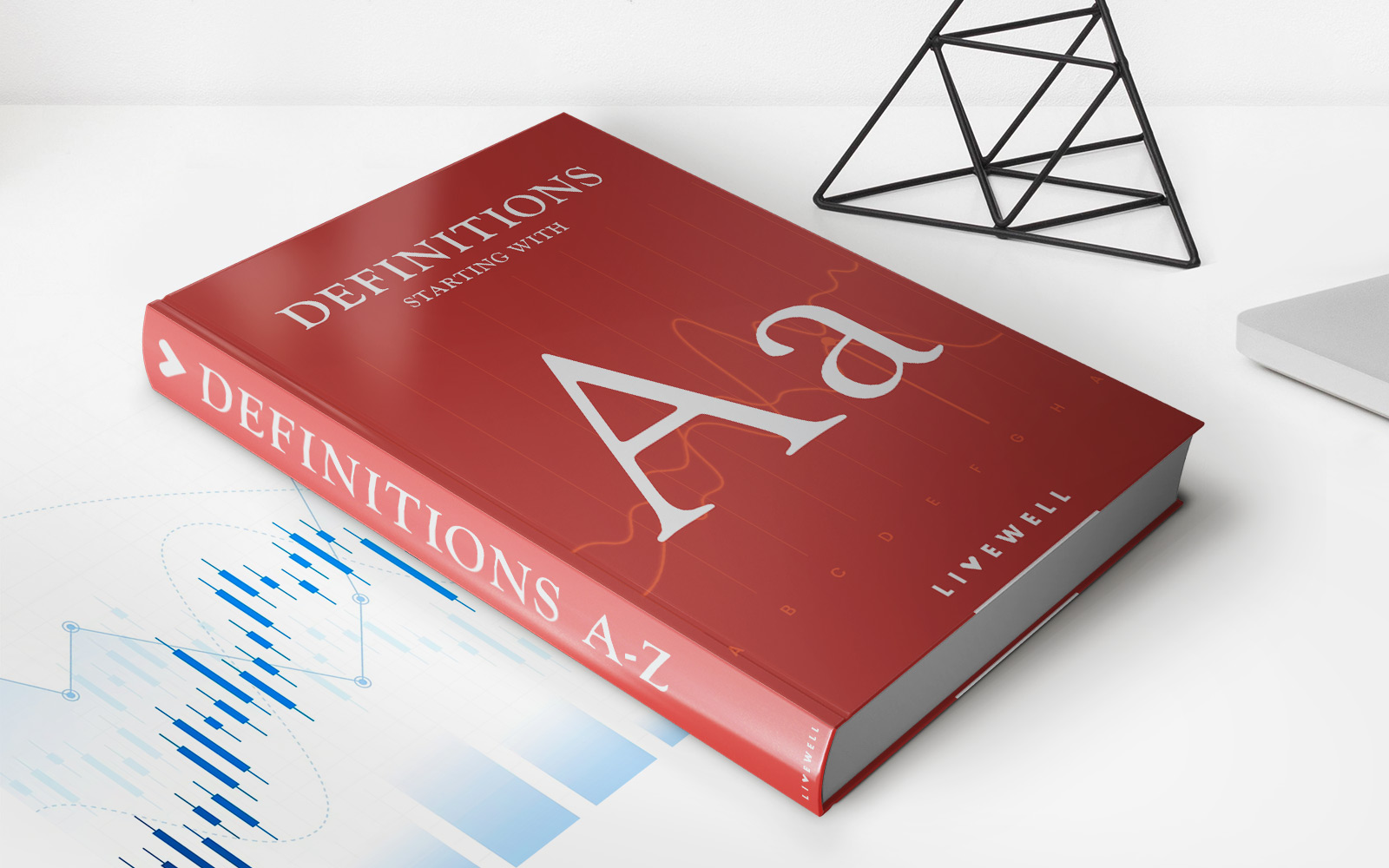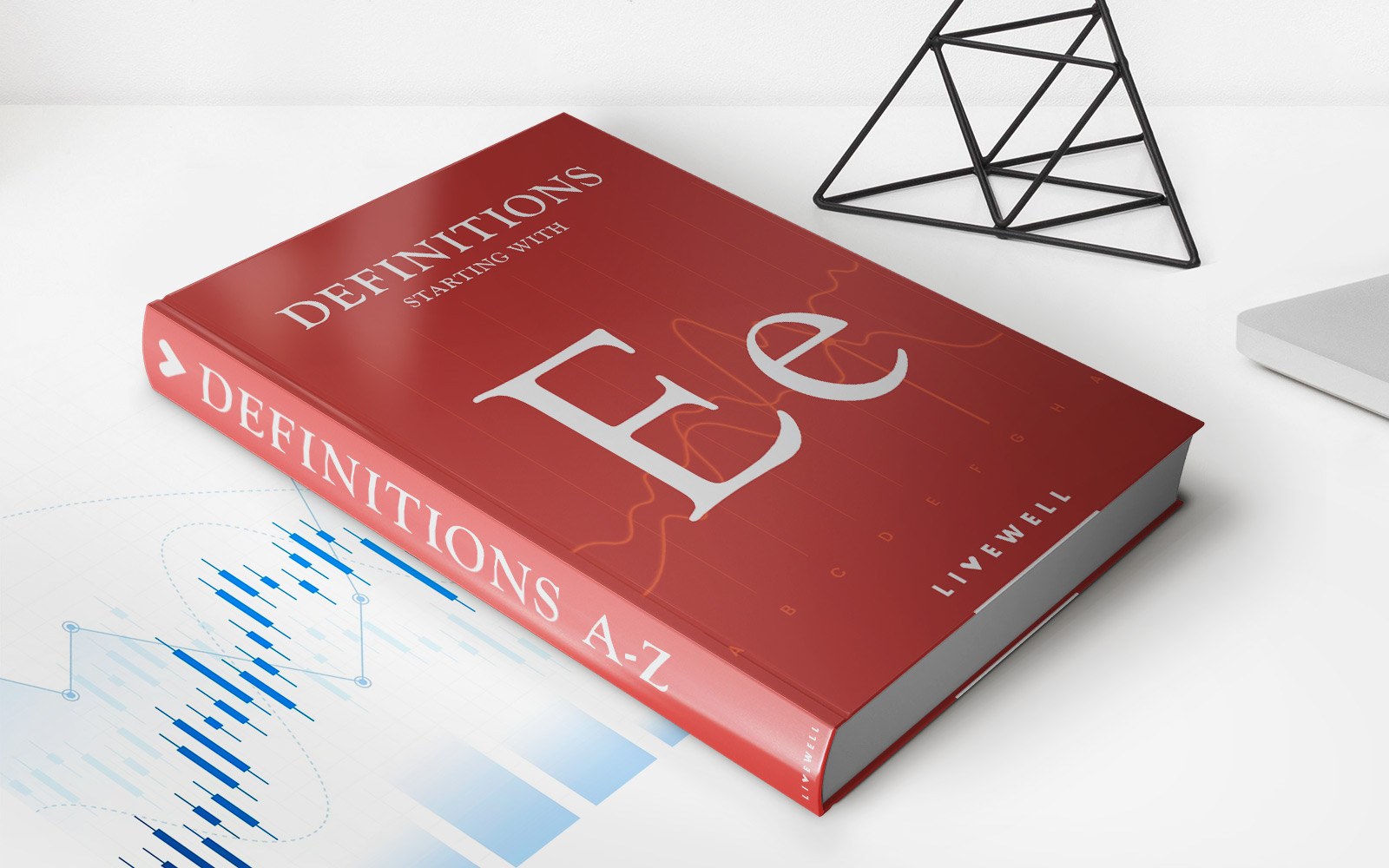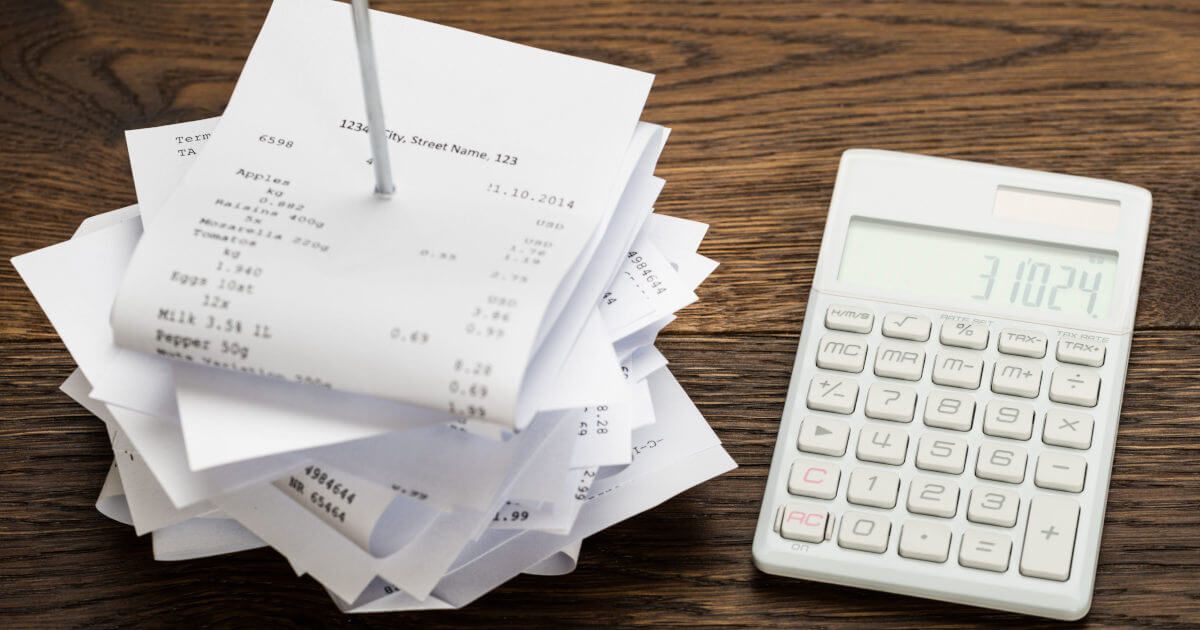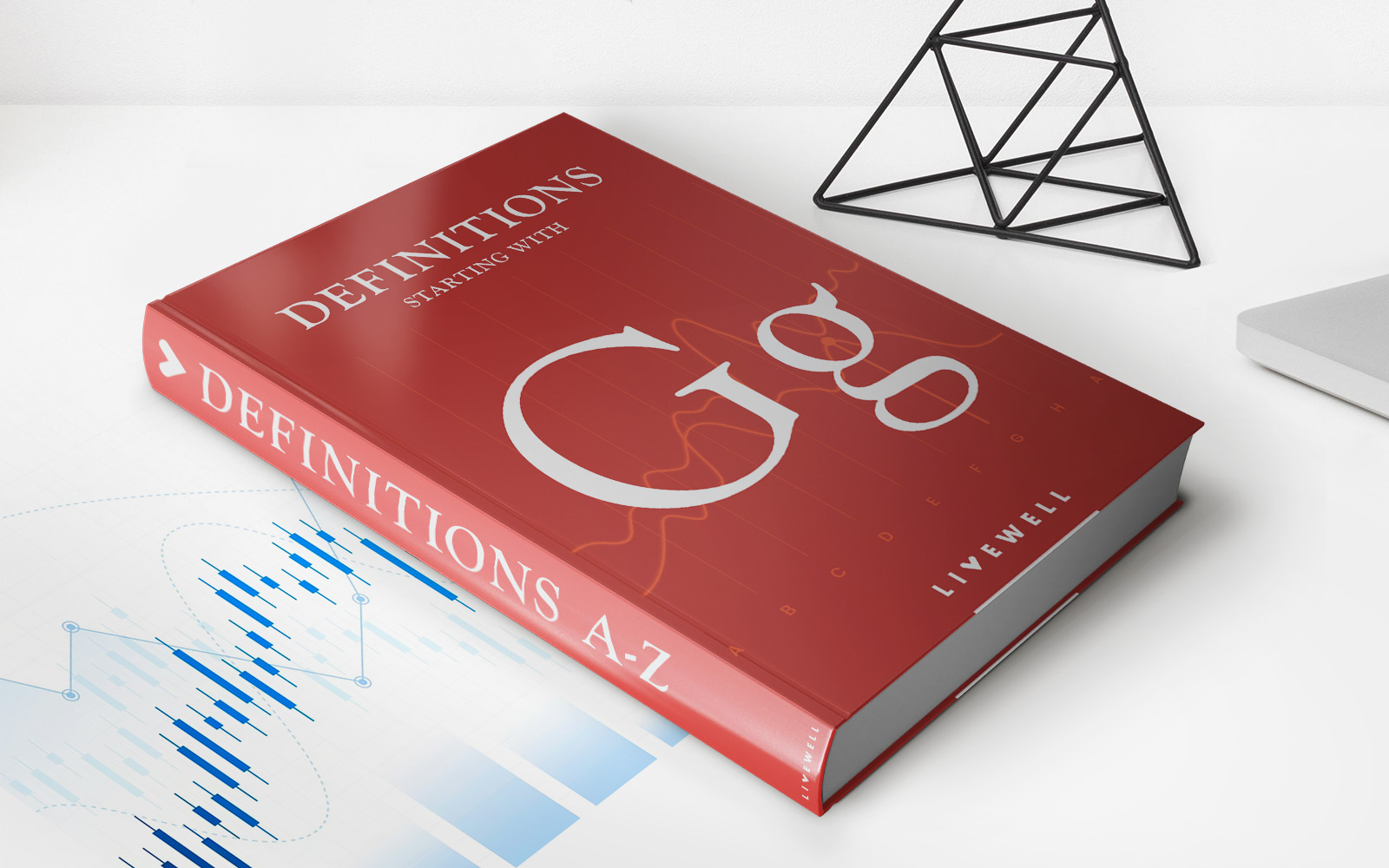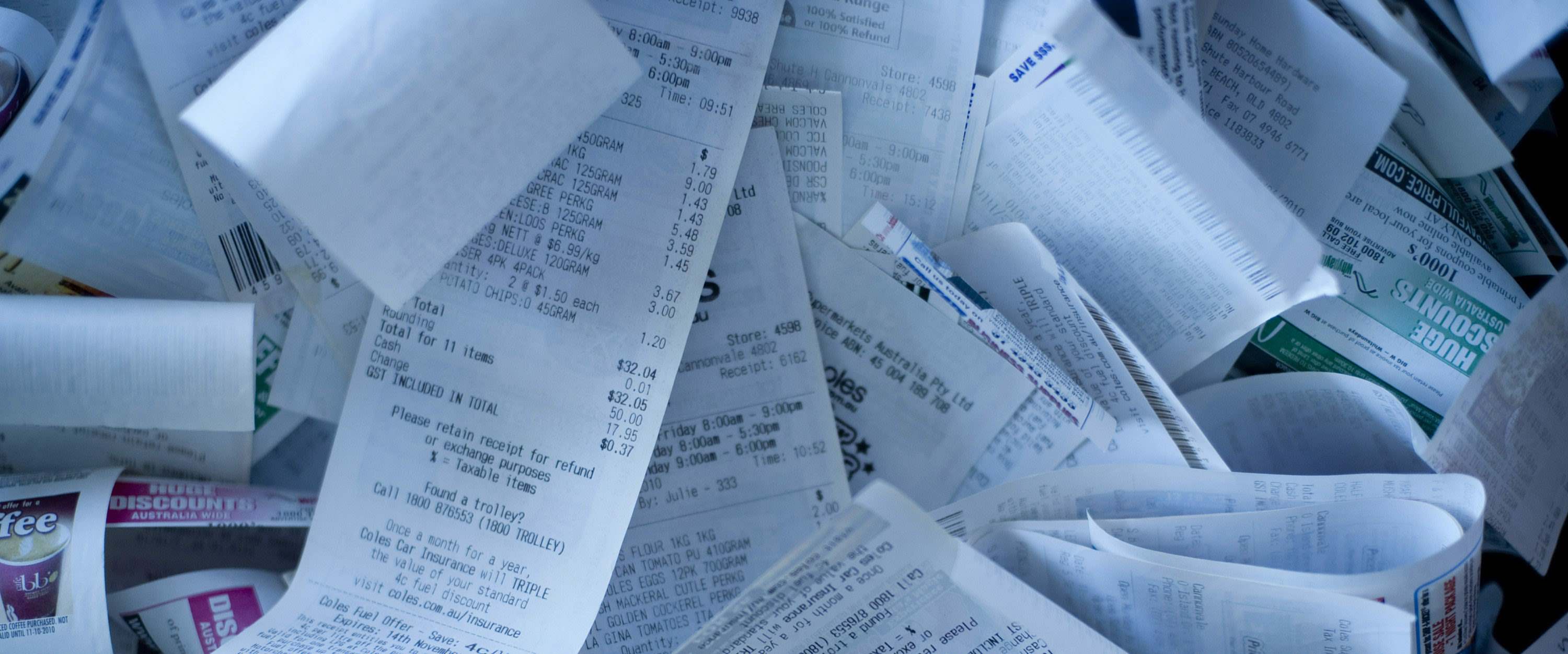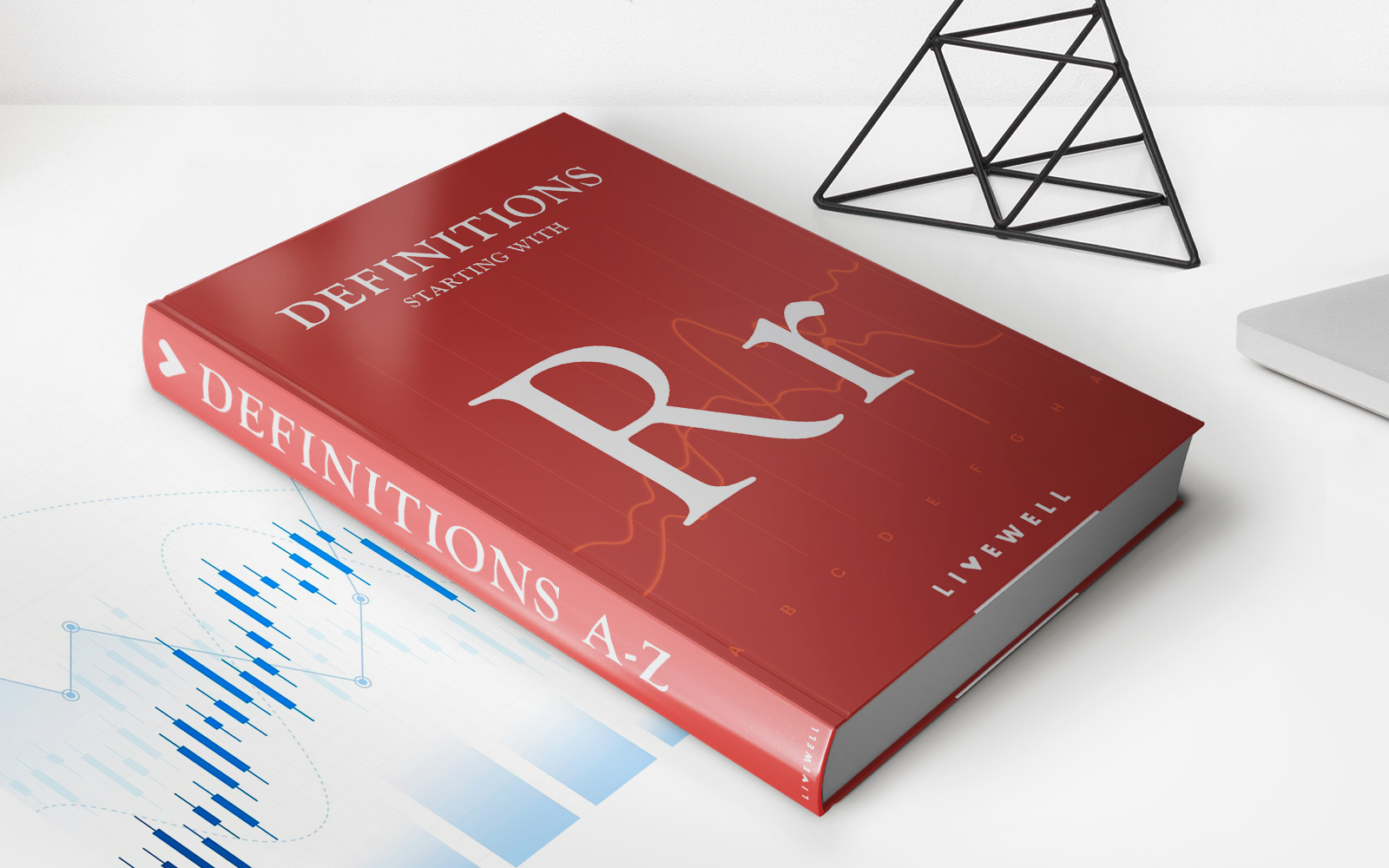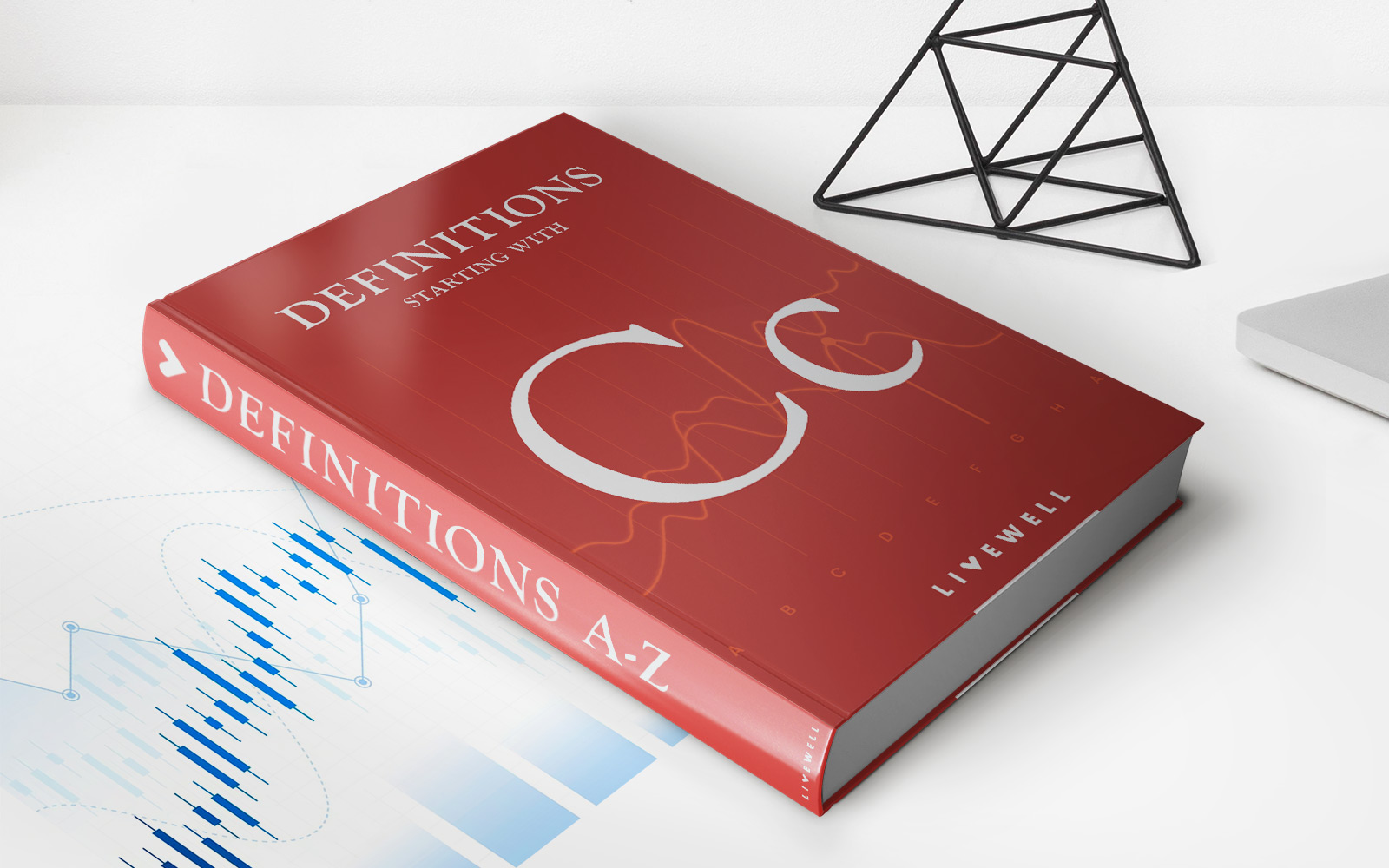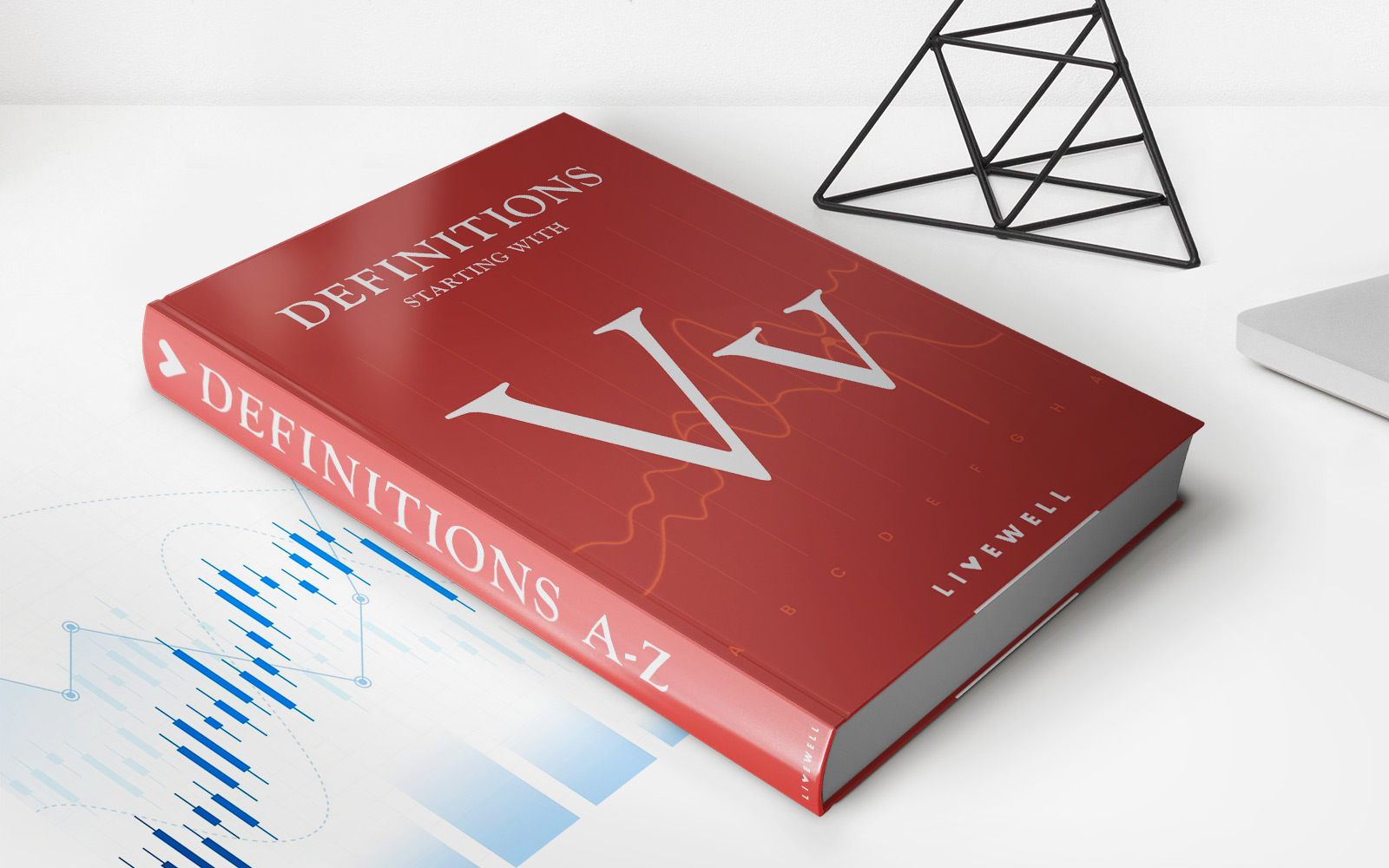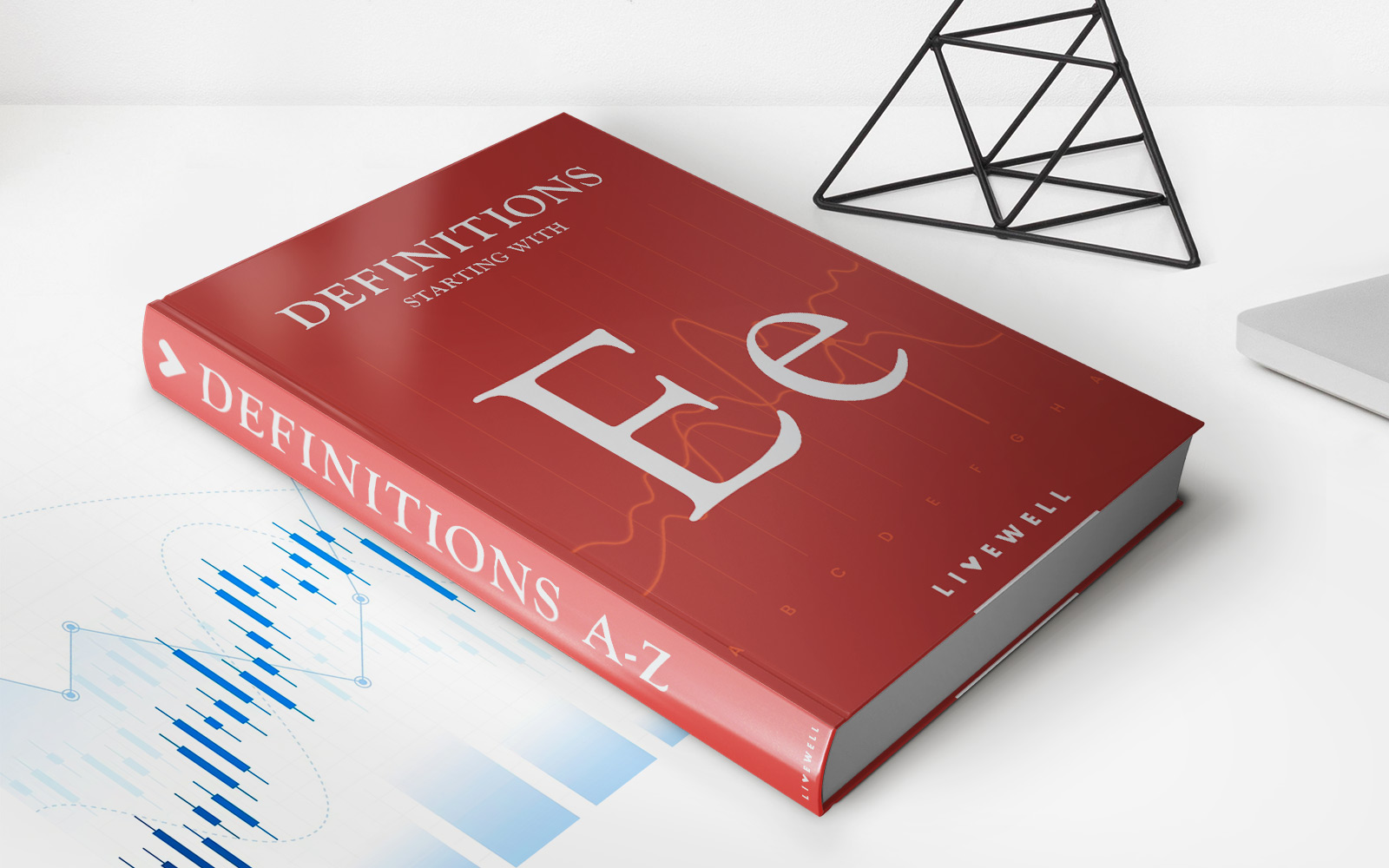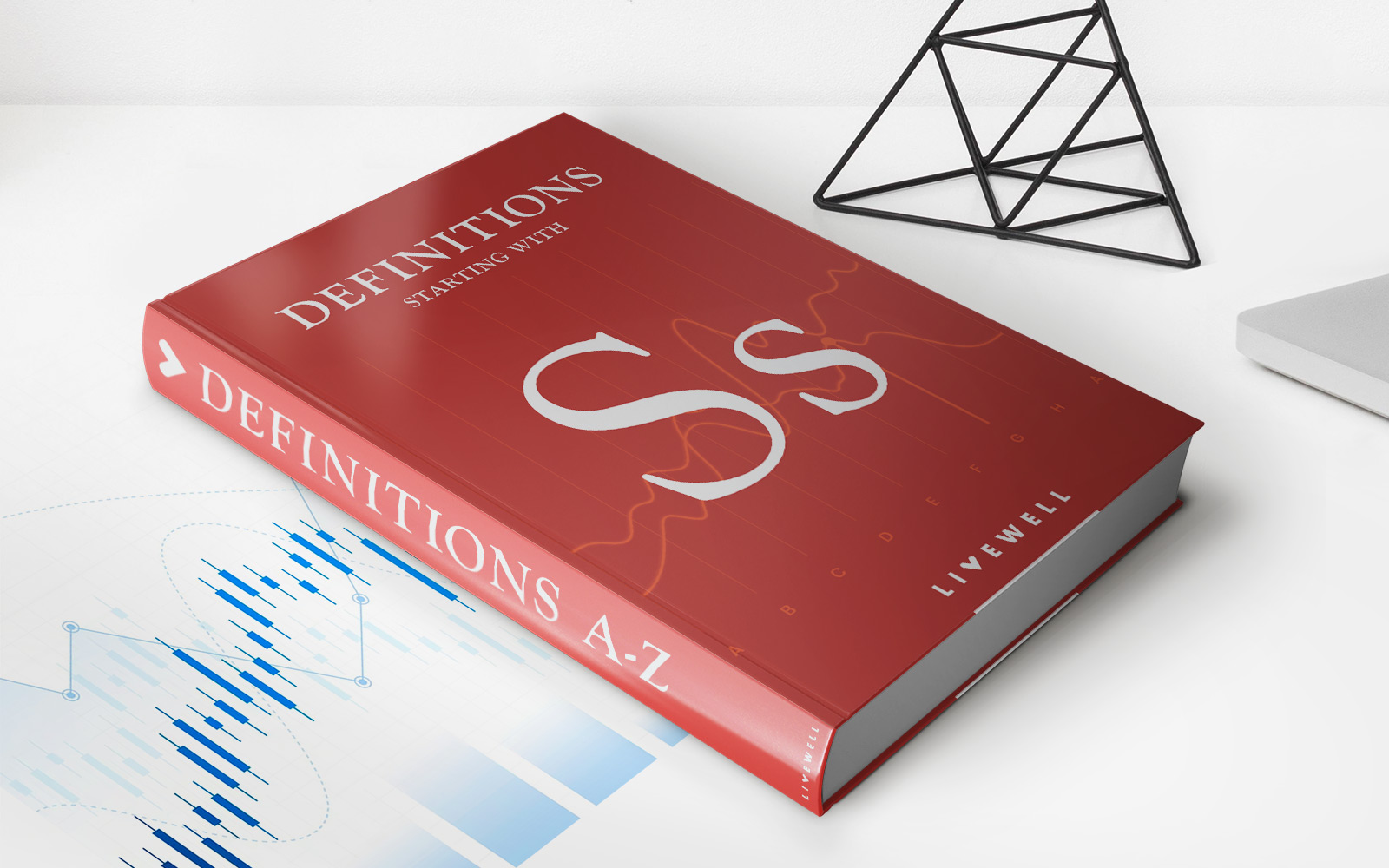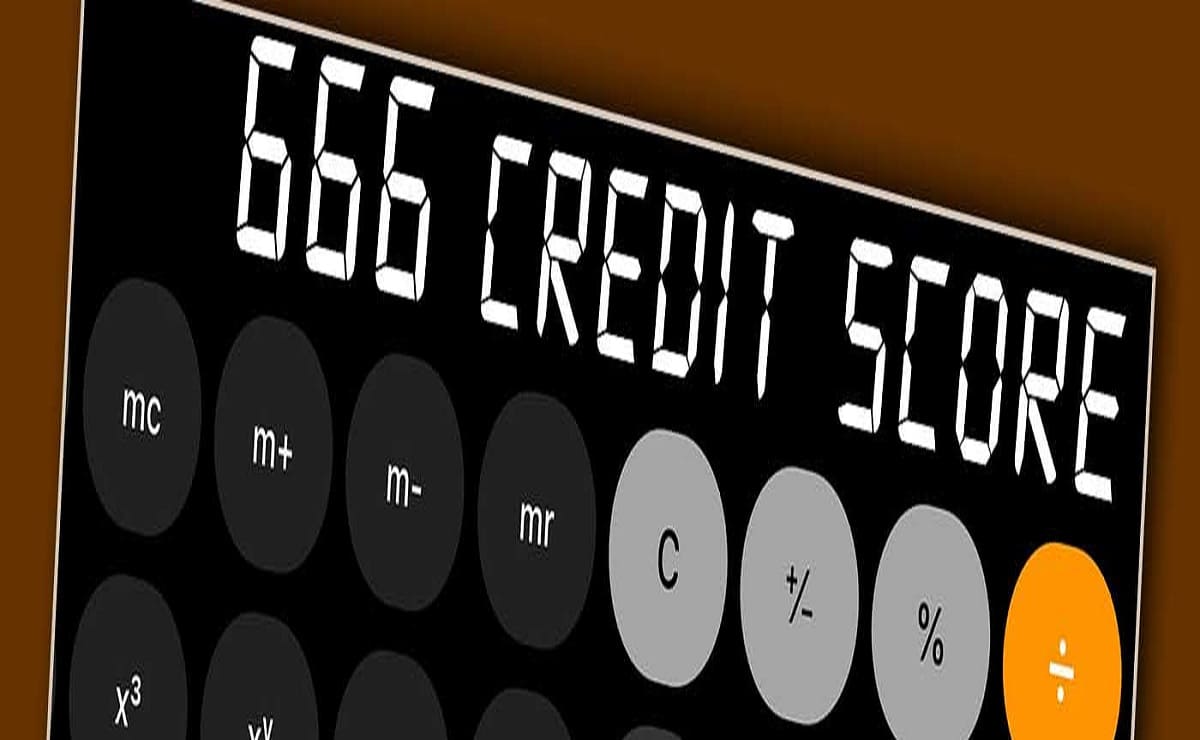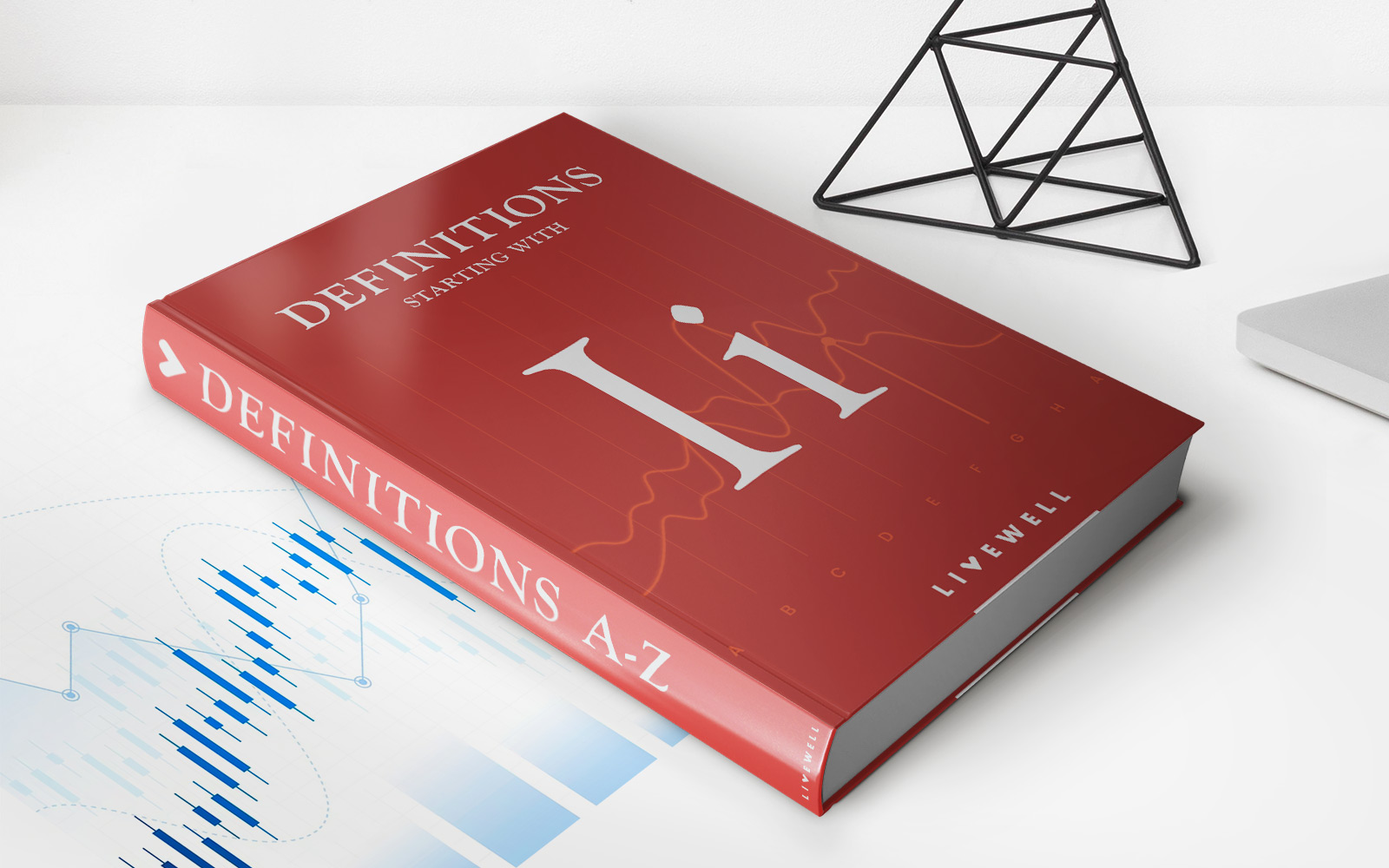Home>Finance>What Is A Depositary Receipt (DR)? Definition, Types And Examples


Finance
What Is A Depositary Receipt (DR)? Definition, Types And Examples
Published: November 10, 2023
Learn about depositary receipts (DRs) in finance - their definition, types, and examples. Understand how they function in global investment markets to facilitate cross-border trading.
(Many of the links in this article redirect to a specific reviewed product. Your purchase of these products through affiliate links helps to generate commission for LiveWell, at no extra cost. Learn more)
Understanding Depositary Receipts (DR)
When it comes to investing in the global financial markets, it’s important to have a clear understanding of various financial instruments. One such instrument that may come across your radar is a depositary receipt (DR). But what exactly is a depositary receipt, and how does it work? In this article, we will demystify depositary receipts and explore their different types and examples.
Key Takeaways:
- A depositary receipt (DR) is a negotiable financial instrument that represents the ownership of a company’s shares listed on a foreign stock exchange.
- DRs allow investors to gain exposure to international investment opportunities without directly trading on foreign exchanges.
What Is a Depositary Receipt?
A depositary receipt (DR) is a type of financial instrument that represents ownership of a company’s shares and is traded on a foreign stock exchange. DRs are issued by financial institutions known as depositaries, which hold the underlying shares of the company on behalf of investors. This allows investors to indirectly hold and trade shares of foreign companies without the hassle of dealing with foreign exchanges or currency conversion.
Think of a depositary receipt as a bridge between investors and foreign companies. Through the issuance of a DR, a company can attract international investors who may not have easy access to its native stock exchange. Simultaneously, investors can diversify their portfolios and gain exposure to different industries and geographical regions with relative ease.
Types of Depositary Receipts
There are two primary types of depositary receipts: Global Depositary Receipts (GDRs) and American Depositary Receipts (ADRs).
1. Global Depositary Receipts (GDRs)
GDRs are typically issued by non-U.S. companies and are traded globally. They allow foreign companies to raise capital and expand their investor base beyond their domestic markets. GDRs are listed on multiple foreign stock exchanges and are denominated in a currency other than the company’s home currency. They are commonly issued in European financial centers like London, Luxembourg, and Frankfurt, among others.
2. American Depositary Receipts (ADRs)
ADRs are depositary receipts issued by non-U.S. companies but traded on U.S. exchanges, such as the New York Stock Exchange (NYSE) and the Nasdaq. ADRs enable U.S.-based investors to easily invest in foreign companies, bypassing the need for overseas trading accounts and potential language barriers. ADRs are denominated in U.S. dollars and adhere to the regulations set by the U.S. Securities and Exchange Commission (SEC).
Examples of Depositary Receipts
Let’s take a look at a couple of examples to paint a clearer picture of how depositary receipts work in practice:
1. Tencent Holdings Limited
Tencent Holdings Limited, a leading Chinese multinational conglomerate, has issued American Depositary Receipts (ADRs) that are traded on the NYSE under the ticker symbol “TCEHY.” These ADRs allow investors in the United States to gain exposure to Tencent’s shares without directly investing in the Chinese stock market.
2. Royal Dutch Shell
Royal Dutch Shell, a global oil and gas company, has issued Global Depositary Receipts (GDRs) that are listed on stock exchanges in London and Amsterdam. These GDRs allow investors from different regions to invest in Royal Dutch Shell shares without the need to participate in the primary stock exchange.
Conclusion
Depositary receipts (DRs) are an essential tool for investors looking to diversify their portfolios and access international markets. By trading depositary receipts, investors can conveniently invest in foreign companies without having to navigate foreign exchanges. Understanding the various types of depositary receipts, such as Global Depositary Receipts (GDRs) and American Depositary Receipts (ADRs), can open up a world of investment opportunities and potentially enhance an investor’s global exposure.
So, the next time you come across the term “depositary receipt,” you’ll know exactly what it means and how it plays a crucial role in the world of finance.
Disclaimer: This article is for informational purposes only and does not constitute financial advice. Investors should do their own research and consult with a qualified financial advisor before making any investment decisions.
